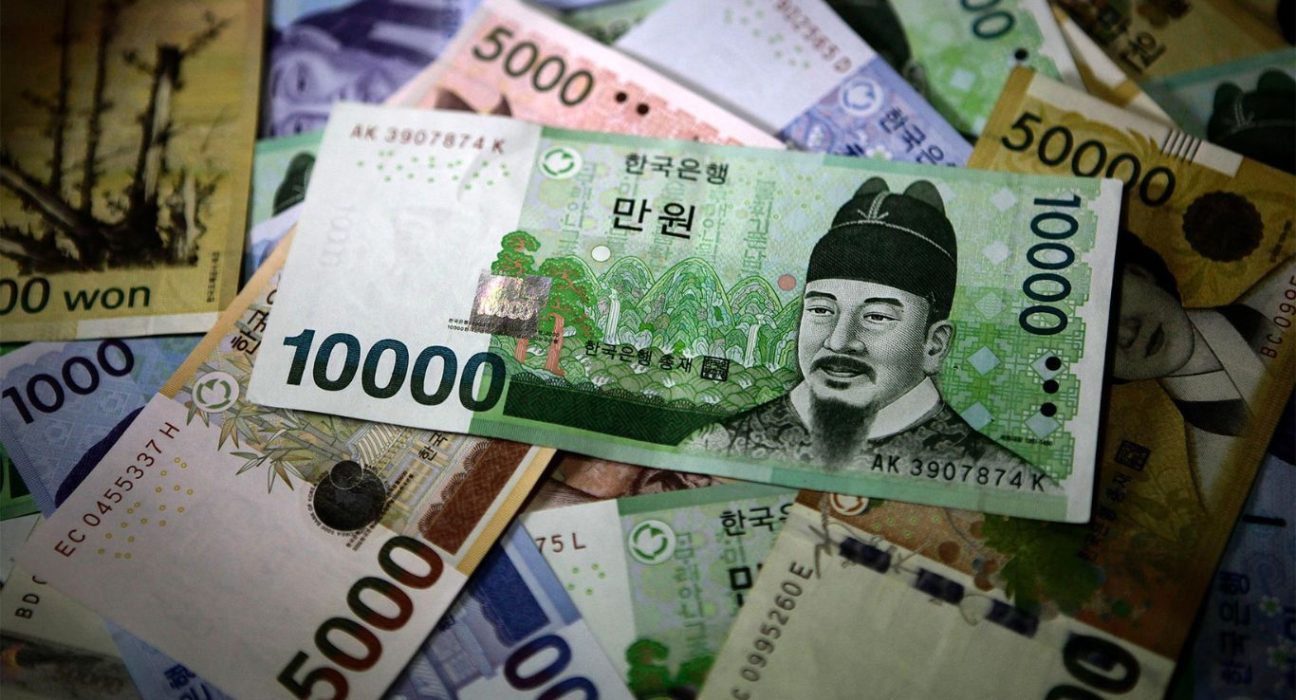Introduction
The South Korean won experienced a marginal increase of 0.1% against other major currencies, showcasing its resilience amidst a backdrop of concerning economic indicators. Weaker-than-expected export and import data, coupled with a contraction in the country’s manufacturing activity, posed challenges to South Korea’s economic landscape. This article delves into the implications of these factors on the South Korean won and analyzes the potential ramifications for the nation’s economy.
Weaker-Than-Expected Export and Import Data
South Korea’s export and import data for the past month fell short of expectations, which contributed to a restrained performance of the South Korean won. The country, known for its vibrant export-oriented economy, witnessed a decline in the demand for its goods and services. This dip in export figures can be attributed to various factors such as global economic uncertainties, supply chain disruptions, and trade tensions. These challenges led to a cautious sentiment among investors and impacted the strength of the South Korean won.
Contraction in South Korean Manufacturing Activity
Another significant factor influencing the South Korean won’s performance is the contraction in manufacturing activity witnessed in May. The Purchasing Managers’ Index (PMI) for the manufacturing sector dropped below the critical threshold of 50, indicating a contraction rather than expansion. This decline can be attributed to various factors, including a decrease in domestic and international demand, supply chain disruptions, and rising costs of raw materials. The shrinking manufacturing activity further added to the concerns surrounding the South Korean won.
Impact on the South Korean Won
Despite the challenging economic indicators, the South Korean won managed to exhibit slight upward momentum. This can be attributed to several factors, including the proactive measures taken by the South Korean government and the country’s robust economic fundamentals. The government’s fiscal stimulus packages and accommodative monetary policies aimed at supporting the economy during these trying times have instilled confidence among investors. Additionally, the nation’s strong technological infrastructure and diverse export portfolio continue to provide a solid foundation for the South Korean won.
Government Initiatives and Stimulus Packages
To mitigate the adverse effects of weaker export and import data, the South Korean government has implemented various measures to support the economy. These include stimulus packages designed to boost domestic consumption, enhance infrastructure development, and foster innovation in key industries. Such initiatives have the potential to revitalize the economy and contribute to the overall strength of the South Korean won.
Technological Advancements and Export Diversification
South Korea’s advanced technological capabilities and diverse export portfolio have played a vital role in cushioning the impact of the economic challenges faced. The nation’s leading sectors, such as semiconductor manufacturing, electric vehicles, and telecommunications, continue to thrive despite the prevailing headwinds. The demand for South Korean products in emerging markets and the ongoing global digital transformation have provided support for the South Korean won, as these industries contribute significantly to the country’s export revenue.
Outlook and Future Prospects
Looking ahead, the future prospects of the South Korean won are influenced by several factors. The trajectory of global economic recovery, the resolution of trade disputes, and the stabilization of global supply chains will significantly impact the currency’s performance. Additionally, the successful containment of the ongoing COVID-19 pandemic and the resumption of international travel and trade will play a crucial role in shaping the nation’s economic landscape.
Conclusion
Despite facing challenges in the form of weaker-than-expected export and import data and a contraction in manufacturing activity, the South Korean won managed to add 0.1% in value. The proactive measures taken by the South Korean government, coupled with the nation’s advanced technological capabilities and diverse export portfolio, have contributed to the currency’s resilience. As the global economic situation improves and trade dynamics stabilize, the South Korean won is poised to regain its strength, fueling the nation’s economic recovery.










